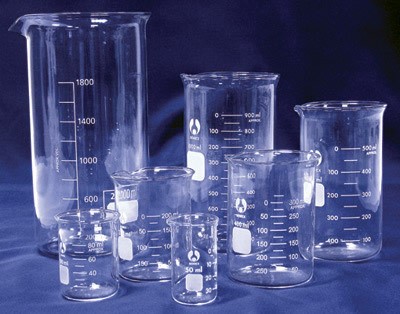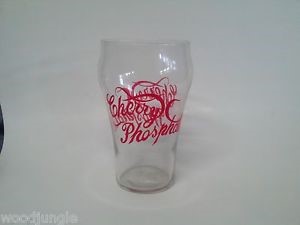We are surrounded by glass and don’t even notice most of the time. Glass is one of the most commonly used and highly versatile materials on earth, manufactured by melting minerals together at extreme temperatures. Sand is the main component, together with lime and soda ash. We all know that glass is used to make bottles, glasses and ornaments but what about some of the more unusual applications? Glass production can be changed to create different forms of glass with different properties and here we look at some of the applications of various types of glass:
Borosilicate glass
This type of glass is very strong and durable. It can also withstand extreme temperature changes without effect. It is made of glass forms including Pyrex cookware and glass used in laboratory experiments. This glass can also withstand the abrasive conditions so often used in lighting components for the durability and shortage of surface wear it shows. Contact a Glass suppliers and glaziers Dorset for all your glass needs.

Borosilicate glass is also used a lot in the transportation and industrial industries for its ability to resist damage from exposure to chemicals, petroleum, jet fuel and even constant water pressure. This is why it is used in the laboratory, industrial machinery, aircraft and even explosion-proof lighting methods.
Soda-lime Silica Glass
This glass is most commonly found in households in things such as jars, bottles, food containers and accessories. It is the most common glass, equating to up to about 90% of world glass production. It is also what is used in our windows at home. For Glass suppliers and glaziers Dorset, visit a site like Roman Glass.
It is cheaper to make than other forms of glass and automated production has made it very quick to produce in mass as well. Soda-lime glass is not as strong as silica and other glass compositions and are influenced by thermal shock and chemical corrosion.
Phosphate Glass
This type of glass is not so effective against chemicals, but has a high resistance to hydrofluoric acid. Phosphate glass is used for things that are pretty selective such as applications in the fields of science, medicine and the military. It can be used as an ingenious glass type in the medical industry to promote bone growth, for example!

Where else can we find the glass?
Thin glass is found in a microscope lens, cosmetic mirrors, mobile phones and tablet touch screens, display glass and telecommunications equipment. You will also find a large array of equipment such as oven doors, office goods, refrigerators, dishwashers and copiers.
The glass is also found in our furniture design, from the coffee table, TV unit and a shelf for lighting, to bookshelves and ornaments. Outside you will find sheltered bus stops, traffic lights, telephone booths and advertising stands. Glass is also very effective in protecting against some forms of radiation so that you will also find leaded glass in the x-ray room, which is designed to protect the operator from the constant radiation exposure.